Search
10049 Deactivation of Industrial Water Treatment Biocides
Also Purchased
02288 EVALUATION OF INHIBITOR PERFORMANCE FOR PROTECTION AGAINST LOCALIZED CORROSION
Product Number:
51300-02288-SG
ISBN:
02288 2002 CP
Publication Date:
2002
$20.00
02276 WHY CORROSION INHIBITORS DO NOT PERFORM WELL IN SOME MULTIPHASE CONDITIONS: A MECHANISTIC STUDY
Product Number:
51300-02276-SG
ISBN:
02276 2002 CP
Publication Date:
2002
$20.00
02405 A CONVENIENT, LOW COST LABORATORY PROTOCOL FOR SCREENING SCALE INHIBITORS
Product Number:
51300-02405-SG
ISBN:
02405 2002 CP
Publication Date:
2002
$20.00
Recently viewed




